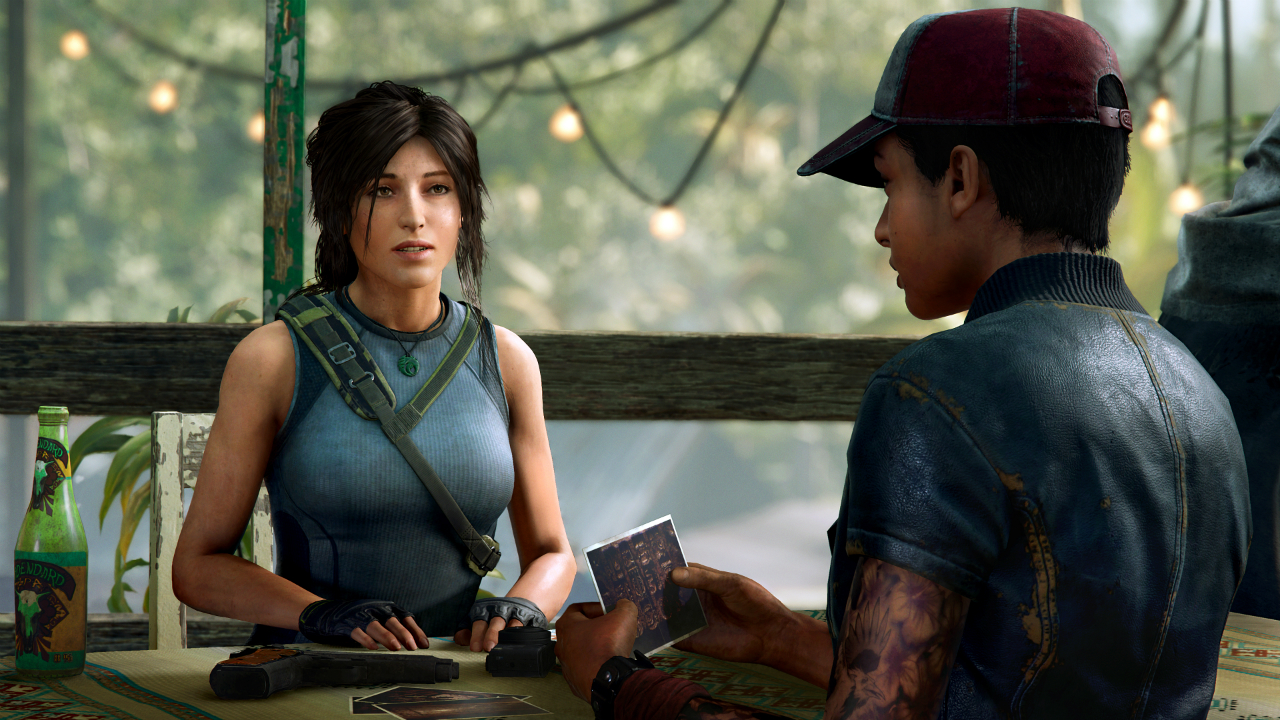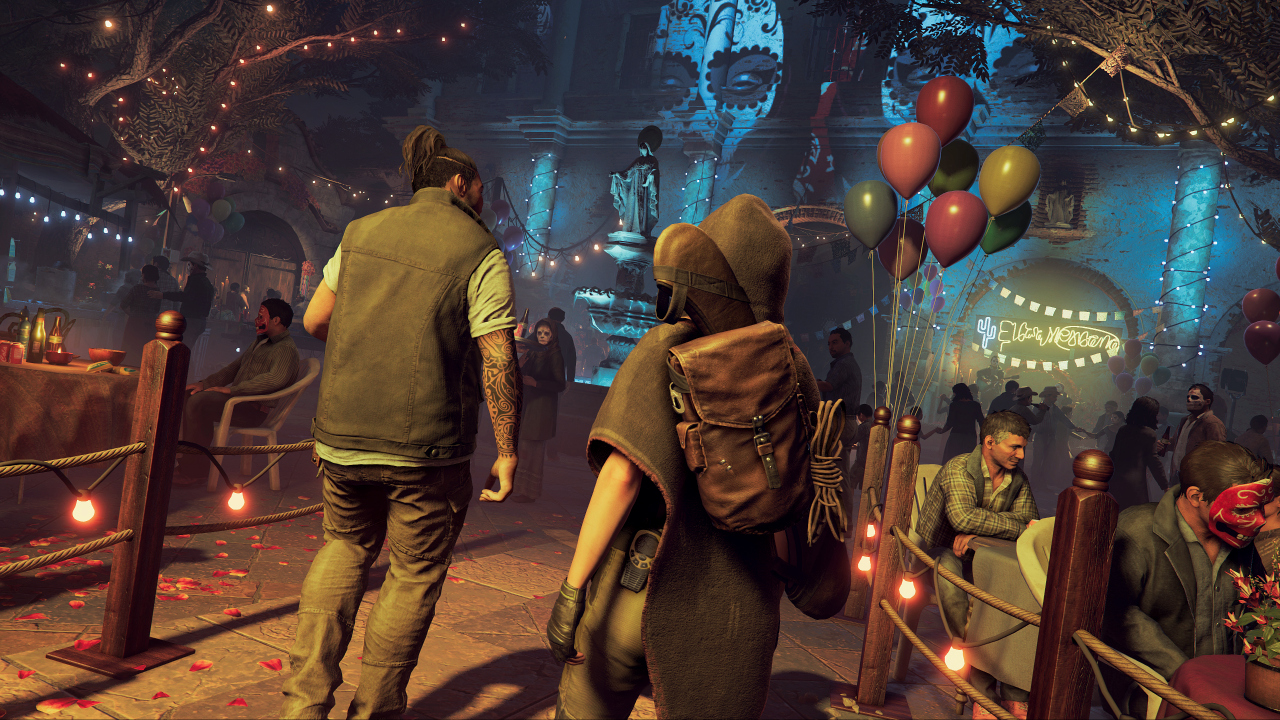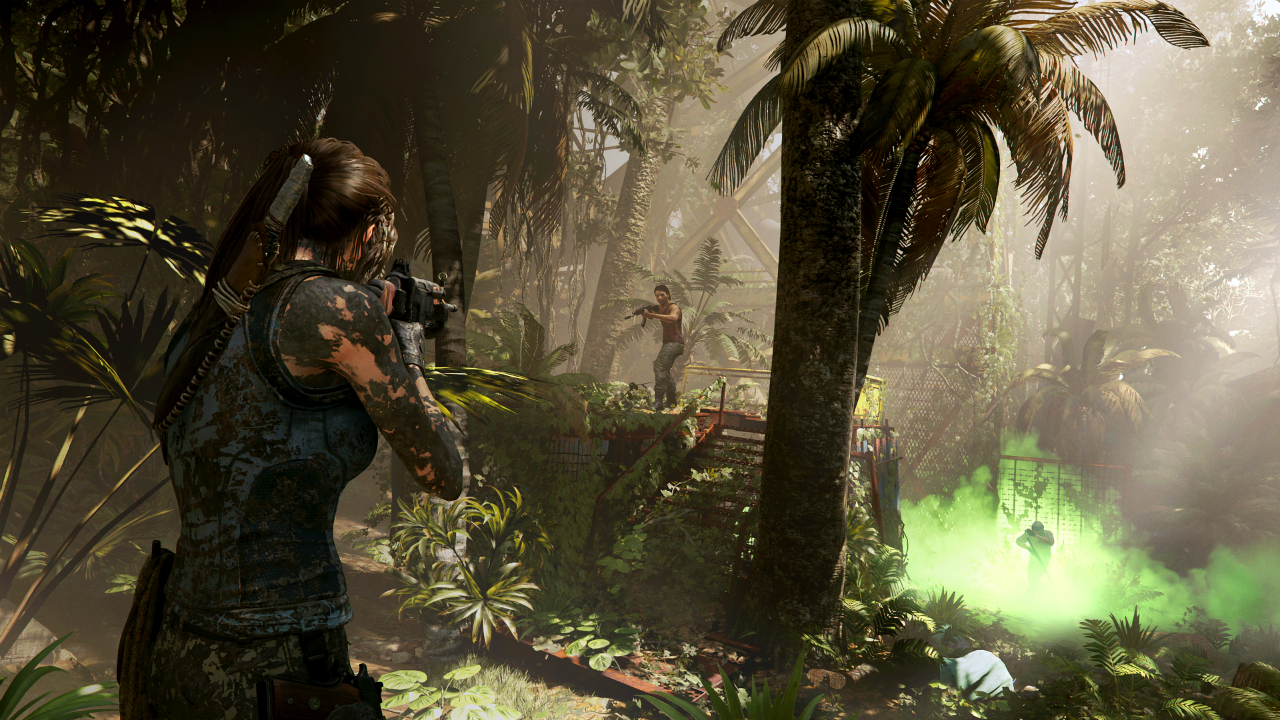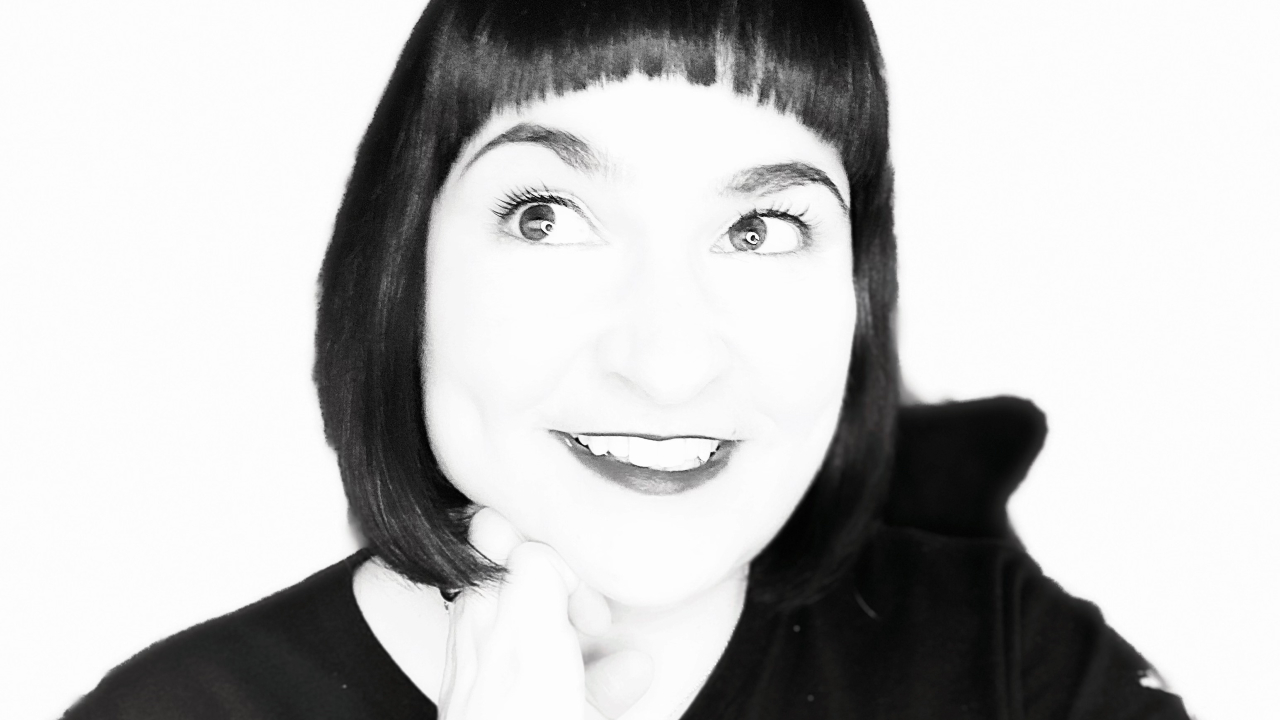5 things we learned about Shadow of the Tomb Raider from the official Lara experts
Depressing jungles, the evolution of Lara, madness, and nose bleeds

Shadow of the Tomb Raider marks a massive milestone for the rebooted series, as Lara Croft graduates from young adventurer to the archaeological avenger we know so well. After going hands on with the game, we sat down with lead writer Jill Murray and game director Daniel Chayer-Bisson to find out more about the final part of the trilogy, why the first version of the jungle was scrapped, and how Lara has changed.
Lara Croft being a badass in Shadow of the Tomb Raider is actually a design challenge for the developers
"The biggest challenge was that now she's badass. Now she's fully capable. What exactly does that mean?" says Chayer-Bisson.
"That affects the mechanics, how we build the levels, the world, even the way she moves through the environment. That was very important for us. So there's some sadness in some ways, because now she's an adult, but also excitement because this is the Lara we always wanted to make from the beginning. One thing that was important was that she had to mature, not just physically but emotionally, and a big challenge was in making the game about that journey inside of her."

Lara might be hardcore, but she's still very human and can make mistakes
"That's where we find her vulnerability and maturity - she charges ahead and she makes a mistake, and so now we have game that looks at heroism a little bit more maturely," explains Murray. "It's not about being the best or the fastest or overcoming everything. It's about, how do you move forward after you've made a mistake, and you realize you did the worst possible thing? I mean, in this case, setting off the actual apocalypse."

Companion Jonah is more than just a sidekick in Shadow of the Tomb Raider
"Some people like to call him [Lara's] moral compass, but I worry about him seeming too much like a nanny if we talk about him that way," admits Murray. "I see him more as having his own kind of gentle, grounded strength, and you can see him leading by example. He's always there for her to lean on and to call her out."
Chayer-Bisson reveals that in the past, the team has looked at other partners for Lara, but always came back to Jonah. "Jonah lets her talk about how she feels with someone she trusts, that she cares for," he says.
"There's also a balance between what Jonah does and what Lara does. She won't react in front of him the way she would alone. You'll see that in the game, you'll see them together taking out Trinity and she won't do it the same way as she would on her own. Jonah lets her talk about how she feels with someone she trusts, that she cares for. "
Sign up to the GamesRadar+ Newsletter
Weekly digests, tales from the communities you love, and more

The lush jungle could've been a lot more nightmarish
"We wanted to create a scary place. The first version of the jungle was very bleak and very dark. It was so depressing," laughs Chayer-Bisson. "So then we started adding color - but we kept things like the howler monkeys making these weird sounds, and we worked with a composer to use all these traditional instruments. Some of those [sound] very scary."
"One of the things normally associated with jungles is not just life, but madness and elements like that. So why shouldn't Lara become scary herself?"
But even a happier jungle caused some headaches. "One of things that was important for us was that the jungle had to become its own character. It had to breathe, it had to be alive," says Chayer-Bisson. "So every tree, every leaf, moves. Engineers were bleeding from the nose because it's massive, and everything moves constantly. That was when we knew that we had the right setting."

Shadow of the Tomb Raider shows how the industry is maturing too
Shadow of the Tomb Raider is set in Peru, and the team wanted to recognize they were creating stories about a very real culture.
"The first step is acknowledging these people exist in their own right," says Murray. She explains how the team spoke to experts on Peru to find the areas "between fact and fiction" where they could build a narrative.
"I worked on the first Assassin's Creed," says Chayer-Bisson. "I was pretty naive. We didn't do all this research. That was in my 20s; now I'm 45, and I think the industry is maturing. I think generally, we're realizing our past mistakes. When we were in our 20s, the world was super cartoonish for us."
"Now we're - like Lara in Shadow of the Tomb Raider - becoming much more mature about the consequences of our actions and not being sensitive about what we're doing. That's why we worked with a historian in the beginning - because even though we were passionate about the culture, we wanted to know way more than just what the internet was telling us."
Wonder what adventuring in is like IRL? We tried a Tomb Raider escape room

Rachel Weber is the former US Managing Editor of GamesRadar+ and lives in Brooklyn, New York. She joined GamesRadar+ in 2017, revitalizing the news coverage and building new processes and strategies for the US team.


